More Than Good Intentions
Managing Physical Labour on Excursions

Volunteering or service learning projects from planting trees and building trails to helping with community construction projects are some of the most rewarding activities you can run. They teach resilience, teamwork, and civic responsibility. But they also carry a unique set of risks that must be proactively managed, including manual handling, tool use, and physical fatigue.
The biggest challenge isn't a lack of willingness from students; it's the exact opposite. I’ve seen students overextend themselves simply because they were enthusiastic and completely underestimated the physical demands of the work.
A Framework for Well-Managed Service Learning
A well-structured plan ensures the focus remains on the positive outcomes of the project, not on managing preventable incidents. Your school excursion risk management for these types of trips and camps should be built on four key pillars.
1. A Task-Specific Risk Assessment
A generic trip risk assessment is not enough. Your plan must break down every physical task—whether it's digging, lifting, carrying, or using hand tools—and analyze its specific hazards. This detailed planning is best managed with school excursion risk assessment software. Using a tool like Xcursion Planner, you can create a plan that outlines each task, the required protective equipment, and the risk mitigation strategies.
2. Matching Tasks to Participant Ability
Not all students have the same physical capabilities or fitness levels. A well-designed project offers a range of tasks with varying physical demands. This allows every student to contribute meaningfully without being pushed beyond their limits. The assessment process should involve a considered approach to assigning students to appropriate roles.
3. The Right Tools, PPE, and Training
Providing the correct Personal Protective Equipment (PPE) such as gloves, eye protection, or sturdy footwear is essential. But it's only half the battle. This must be paired with clear instruction and supervision on the correct and proper use of any tools, even simple ones like shovels or hammers. Effective risk management training for teachers is what equips them to provide this instruction and spot improper use in the field.
4. Proactive Fatigue Management
Physical labour is draining. Your operational plan must include a clear and non-negotiable schedule for rest, hydration, and nutrition breaks. This isn't just about "downtime"; it's about actively managing the physical toll on students to prevent exhaustion, dehydration, and the careless mistakes that happen when people are tired.
Well-planned service learning activities are incredibly powerful. They build character and a sense of community. By implementing a robust management framework, you create a well-structured environment where students can contribute meaningfully to a project without compromising their well-being.











